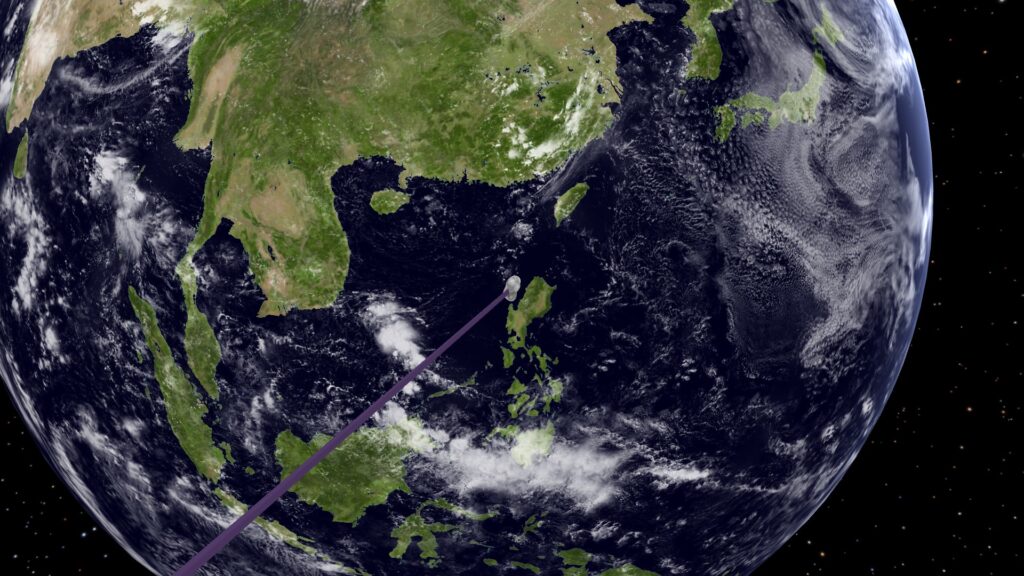In this video you will learn about the Trojan asteroids of Jupiter. The orbits and trajectories of the ten largest of them will be shown. Trojan asteroids move in the vicinity of Jupiter orbit, but are not its satellites. They rotate in their orbits around the Sun, but the gas giant has a significant influence on them. These asteroids are named after the heroes of the Trojan War. Some of them are located ahead of the gas giant, the other part is behind it.
The first group of asteroids (those ahead of Jupiter) is called the “Greeks”, there are more than 4 thousand asteroids in it. This video features five asteroids of this group: Hektor, Agamemnon, Achilles, Diomedes and Odysseus. They are located at the L4 Lagrange point of the Sun–Jupiter system. This point is in Jupiter orbit, 60 degrees ahead of it. The Sun, Jupiter and the Lagrange point L4 are located at the vertices of an equilateral triangle. The asteroids of this group decided to be named after the Greek heroes of the Trojan War. Hektor is an exception to this rule, as it was discovered before such a tradition developed.
The second group of asteroids (those behind Jupiter) is called “Trojans” and contains more than 2 thousand asteroids. The animation shows five representatives of this group: Patroclus, Mentor, Paris, Deiphobus and Aneas. They are located at the L5 Lagrange point. This point is also in Jupiter orbit, but 60 degrees behind it. Thus, the Sun, Jupiter and the Lagrange point L5 are also located at the vertices of an equilateral triangle. The asteroids of this group decided to be named after the defenders of Troy. Patroclus is an exception here, since it (as well as Hektor) was discovered before this tradition took shape.
The orbits of the Trojan asteroids presented are close to circular, but have very different orientations in space. Each of the Trojan asteroids of Jupiter (and there are more than 6 thousand of them known) has approximately the same size of the major semi-axis of the orbit. And it is close to the size of the major semi-axis of Jupiter orbit. This means that they all make a revolution around the Sun in about the same time as Jupiter. The peculiarity of the Lagrange points of a system of two large bodies is that a third body with a low mass can be located in them quite stably. Relative to these points, Trojan asteroids move along very bizarre trajectories, while the amplitude of their oscillations is measured in hundreds of millions of kilometers. The trajectories of the Trojan asteroids of Jupiter relative to the Lagrange points L4 and L5 are clearly shown in this video.
The animation also shows how the trajectories of Trojan asteroids look like relative to Jupiter. Over a long period of time, they sometimes spiral closer to Jupiter, then move away from it.
Modeling and rendering were performed by author of this publication using own software. The calculations took into account the mutual influence of the Sun, all the planets of the Solar System, the Moon and 10 asteroids on each other. Relativistic effects were also taken into account in the calculation.
The track Benzodiazépines-opéra by Koi-discovery sounds in this video. This track was not changed. CC0 1.0 Universal (CC0 1.0 DEED) license.





